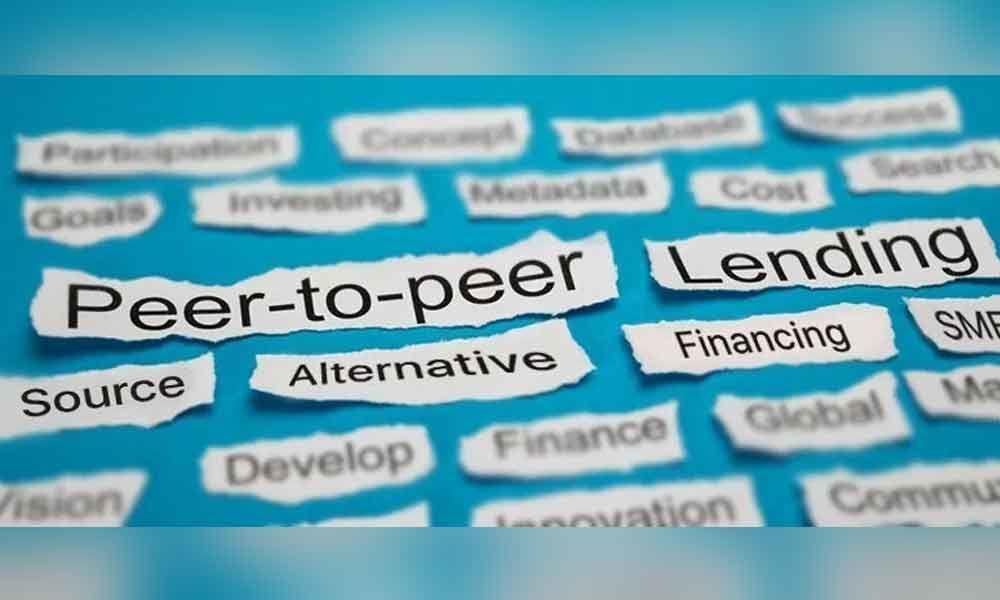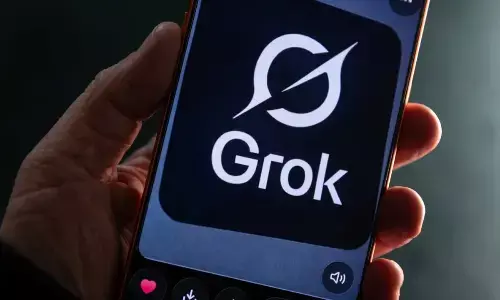Peer-to-Peer lending, an alternate source of MSME financing

P2P loans give borrowers access to financing that may not have been available from standard financial intermediaries. Borrowers apply for loans on a P2P portal like Faircent and i-Lend. P2P platforms evaluate each loan request and list only those applications that meet credit criteria
Micro Small & Medium Enterprises (MSMEs) contributes to 30% of Gross National Product and 60% of Employment in India. As per MSMED Act 2006 MSMEs are defined on the basis of capital investment made in plant and machinery, excluding investments in land and building. Manufacturing units having investment below Rs 25 lakh (Rs 2.5 mn) were termed Micro, those between Rs 25 lakh and Rs 5 crore (Rs 50 mn) termed as Small and from Rs 5 crore to Rs 10 crore (Rs 100 mn) as Medium. Similarly, for Service units, corresponding investment thresholds were upto Rs 10 lakh (Rs 1 mn) Micro, between Rs 10 lakh to Rs 2 crore (Rs 20 mn) Small and between Rs 2 crore to Rs 5 crore (Rs 50 mn) Medium.
As per Boston Consulting Group report 2018, top two concerns of MSMEs are generating additional business and lack of funds to finance their working capital requirements. Traditionally, MSMEs short term requirements are taken care by promoter's personal funds, credit cards, short term loans from friends and family members. All these sources are not suitable for the sustenance of MSMEs in the long run. MSMEs with audited financial statements and sufficient collaterals (physical or financial assets serving as security to the extent of loan amount) source funds from Banks and Non Banking Financial Institutions (NBFCs). But, many Micro and Small enterprises are unable to fund their requirements through banks or NBFCs due to cumbersome, time taking, costly documentation and lack of enough collateral. An attempt is made in this article to create awareness about peer to peer lending as an alternate source of MSME Financing.
Peer to peer lending
Peer-to-peer finance can be defined as "platforms that facilitate financial services via direct, one-to-one contracts between a single recipient and one or multiple providers" (As per the definition of British Peer-to-Peer Finance Association). Peer-to-peer lending (P2P) is a method of financing debt that enables individuals to borrow and lend money without the use of an intermediary. Peer-to-peer lending removes the middleman from the process. The advantage to the lenders is that the loans generate income in the form of interest, which can often exceed the amount of interest that can be earned by traditional means (such as from saving accounts, mutual funds). P2P loans give borrowers access to financing that may not have been available from standard financial intermediaries. Borrowers apply for loans on a P2P portal like Faircent, i-Lend. P2P platforms evaluate each loan request and lists only those applications that meet credit criteria. Investors have exposure to many different individual loans to diversify their investment. As borrowers make scheduled principal and interest repayments on their loans, investors receive predictable cash flows.
P2P players in India are focusing on unsecured loans (Personal loans and Microfinance) and the MSME segment, by targeting borrowers that remain underserved by Banks and NBFCs. Two different business models have emerged in the P2P lending segment in India. One, 'Direct disbursal model', where P2P platform directly matches the requirements of borrowers and lenders. Players in this segment currently focusing on the personal loans segment for urban, educated and middle-class customers, who understand the marketplace model and transact online. A few of the large P2P platforms have started to maintain nodal / escrow accounts for better monitoring and control. This allows both borrowers and lenders to deposit funds in an escrow account held by the P2P platform, and both disbursements and repayments are routed through these escrow accounts for better transparency. Two, 'Partner assisted disbursal model', where P2P platforms tie-up with a field partner (local NGO or Micro Financer) to manage customer acquisition, disbursement, and collections for a fee. The P2P platform is primarily responsible for on boarding lenders and offering matching services. This model is focused on unsecured loans (micro-finance) to low income households.
The principal benefit of P2P lending for borrowers is fast and convenient access to funding, while for investors it is the potential for high returns. In their current form, P2P platforms are different from banks, because they do not take positions in loans and do not generally perform maturity and liquidity transformation like banks. P2P platforms more directly match the risk appetite of lenders with the risk profile of borrowers. All P2P platforms are now considered as non-banking financial companies and regulated by the RBI since 2017.
P2P Lending Market in India
Globally P2P lending has been in existence for more than ten years; however, it has been evolving in India since 2015. Given the recent RBI guidelines, companies will now need to obtain NBFC–P2P license and will come under the purview of the regulator. There are about 30 P2P online platforms operating in India. I-Lend, LenDenClub, Faircent, Lendbox, i2iFunding, Monexo, India Money Mart, Rupaiya Exchangeare some of the leading P2P platforms operating in India. Currently, some of the leading P2P platforms claim to disburse loans amounting to Rs 1 to 2 crore a month. Outstanding loans under P2P model is estimated to have reached Rs 200 crore in India. (Global size of P2P lending is around 86 billion dollars). Some of the platforms also provide additional services like recovery and legal assistance (in case of default) to lender by charging additional fees. Apart from collecting and authenticating personal, professional and financial details of borrowers, many of the platforms use big data enabled algorithms to arrive at credit scores of the borrowers that incorporate not only standard credit bureau reports but also data from various social media platforms.
Profile of Select P2P platforms in India
Dr Sriharsha Reddy

















